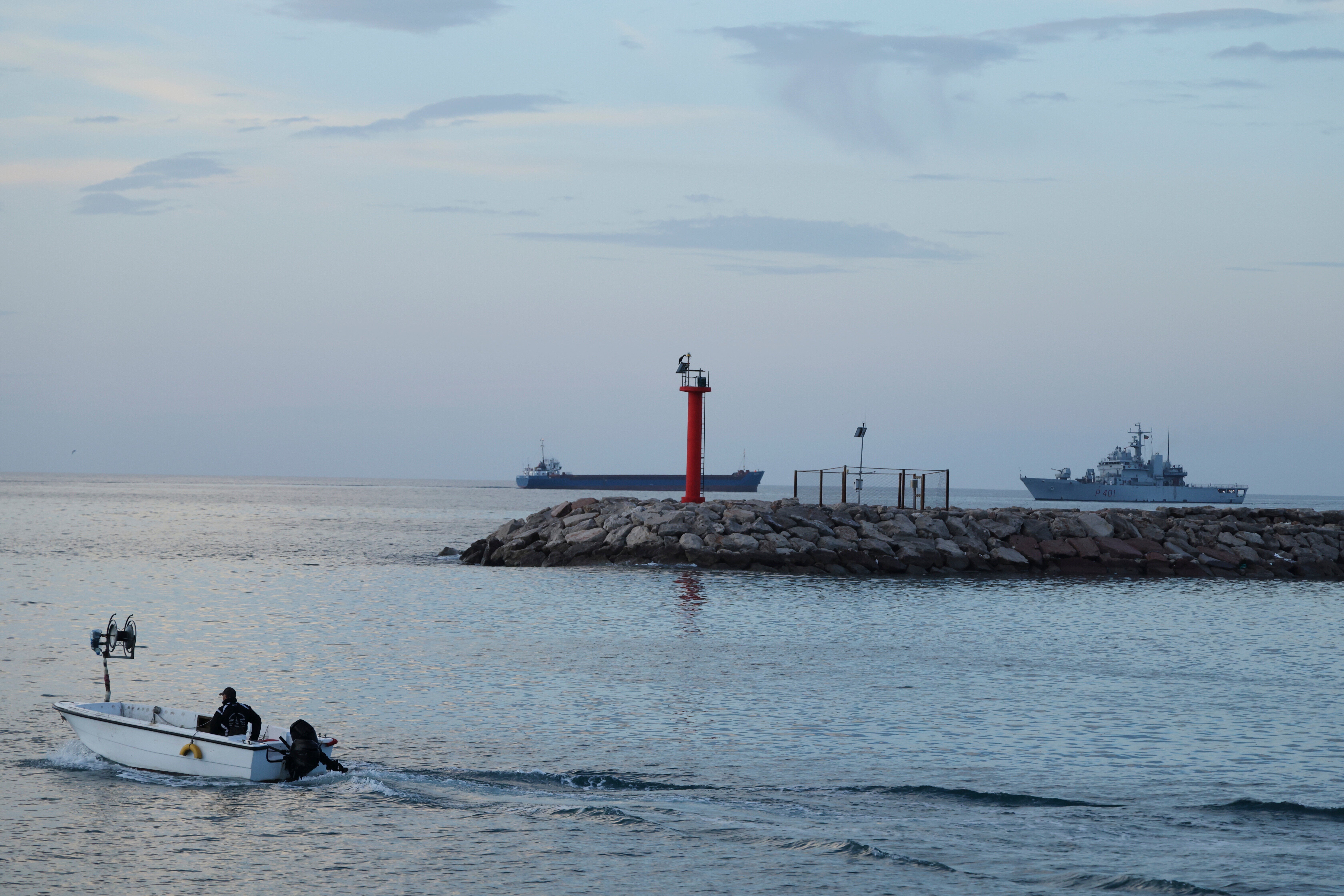Italy sends 49 more migrants to Albania for processing following earlier court rejections
An Italian navy ship has arrived in Albania with 49 migrants intercepted in international waters for processing of their asylum applications at special Albanian centers

Your support helps us to tell the story
From reproductive rights to climate change to Big Tech, The Independent is on the ground when the story is developing. Whether it's investigating the financials of Elon Musk's pro-Trump PAC or producing our latest documentary, 'The A Word', which shines a light on the American women fighting for reproductive rights, we know how important it is to parse out the facts from the messaging.
At such a critical moment in US history, we need reporters on the ground. Your donation allows us to keep sending journalists to speak to both sides of the story.
The Independent is trusted by Americans across the entire political spectrum. And unlike many other quality news outlets, we choose not to lock Americans out of our reporting and analysis with paywalls. We believe quality journalism should be available to everyone, paid for by those who can afford it.
Your support makes all the difference.An Italian navy ship arrived Tuesday in Albania with 49 migrants intercepted in international waters for processing of their asylum applications at special Albanian centers, in the third such attempt following hurdles earlier raised by Italian courts.
Italy's Interior Ministry did not specify the nationality of the migrants brought to the port of Shengjin, 66 kilometers (40 miles) northwest of the capital, Tirana, but Italian media said they were from Bangladesh, Egypt, Ivory Coast and Gambia.
The attempt at processing in Albania follows two previous failures in October and November, when Italian judges refused to approve the detention of two small groups at the Albanian centers, built under a contentious agreement between Italy and Albania. The courts ruled that the migrants' countries of origin weren’t safe enough for them to face the possibility of being sent back by the centers.
The cases have been referred to the European Court of Justice, which earlier established that asylum applicants could not undergo a fast-track procedure that could lead to repatriation if their home countries are not deemed completely safe.
The European court hearing on the case is scheduled for Feb. 25.
Italian Premier Giorgia Meloni’s government has vowed to reactivate the two centers in Albania after they remained dormant following the Italian courts’ decisions.
Meloni's position was partially backed by a ruling in late December by Italy’s highest court, which said Italian judges could not substitute for government policy in deciding which countries are safe for repatriation of migrants whose asylum requests are rejected.
The decision does allow lower courts to make such determinations on a case-by-case basis, short of setting overall policy.
The migrants are to be checked in at a reception center at the port of Shengjin before being taken to the Gjader accommodation center, about 22 kilometers (14 miles) to the east.
The November 2023 agreement allows up to 3,000 migrants intercepted by the Italian coast guard in international waters each month to be sheltered in Albania and vetted for possible asylum in Italy or repatriation.
Italy has agreed to welcome those migrants who are granted asylum, while those whose applications are rejected face deportation directly from Albania.
The agreement to outsource the housing of asylum-seekers to a non-European Union member country has been hailed by some countries which like Italy are experiencing a high level of migrant arrivals, but human rights activists have criticized the deal as setting a dangerous precedent.
So far this year, 3,704 migrants have arrived in Italy, more than double the number in the same period last year, when 1,305 arrived. Last year, 66,317 migrants arrived in Italy, a drop of 58% from the previous year. Most arrived from Bangladesh, followed by Syria, Tunisia and Egypt, according to the Italian Interior Ministry.
___
Semini reported from Tirana. Colleen Barry in Milan contributed to this report.